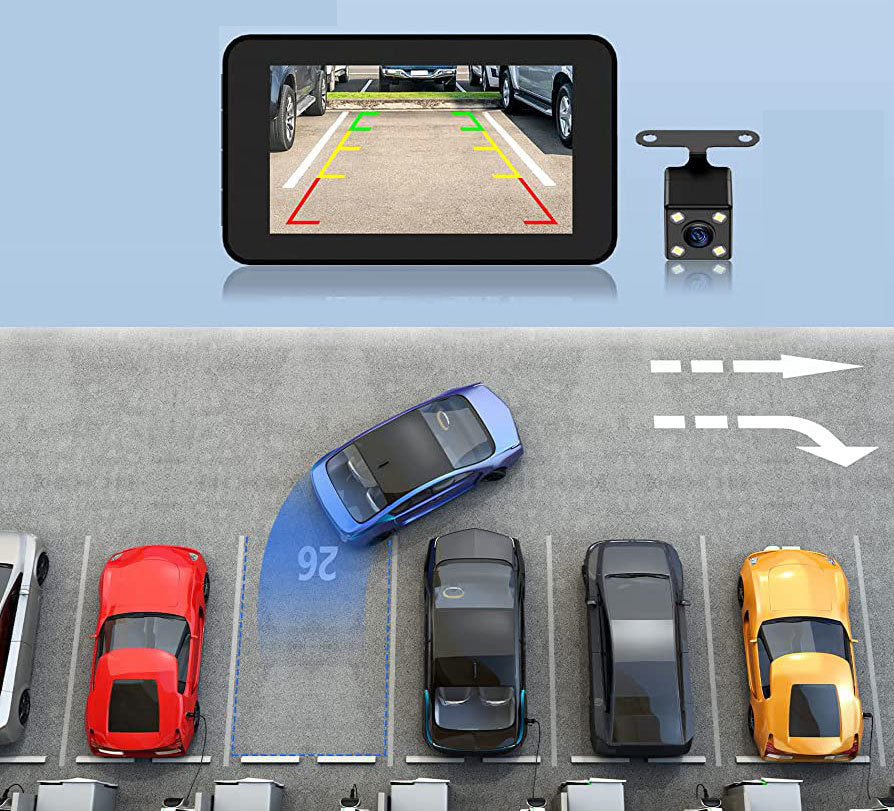
Viewing angle of a dashcam explained
, by Allcam dashcams, 1 min reading time

, by Allcam dashcams, 1 min reading time

When you use a dashcam in your car, you naturally want it to record as large an area around your car as possible. Dashcams therefore have a so-called ‘wide view’ or wide-angle lens, which means they record a relatively large area around the camera. This allows the dashcam to record a large part of the surrounding area, such as other lanes, pavements and cycle paths, in addition to your car in front. A wide viewing angle is also crucial when using the dashcam to secure your car while parking. This is because there is a much higher chance of someone being seen recognisably in the picture when using a dashcam with a wide viewing angle.

The viewing angle of a camera is determined, as with the human eye, by the bulge of the lens. Almost all cameras have some bulge in the lens, otherwise only a very small portion would be recorded. The greater the bulge, the greater the viewing angle. However, the bulge in the lens also causes the image to be slightly distorted. This distortion is particularly noticeable at the sides of the image and only really becomes apparent with 360˚ cameras. This distortion is the reason why most dashcams today have a viewing angle of no greater than 170˚ degrees and between 130˚ and 150˚ is most common.


